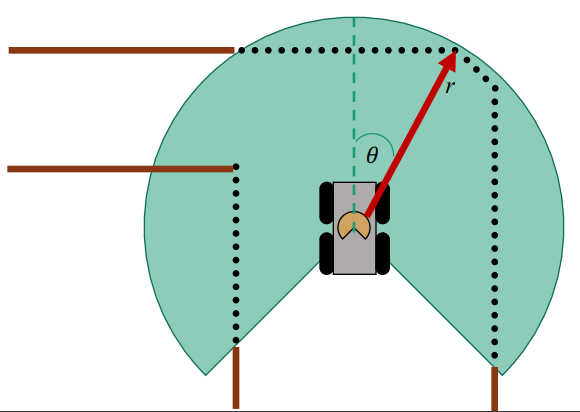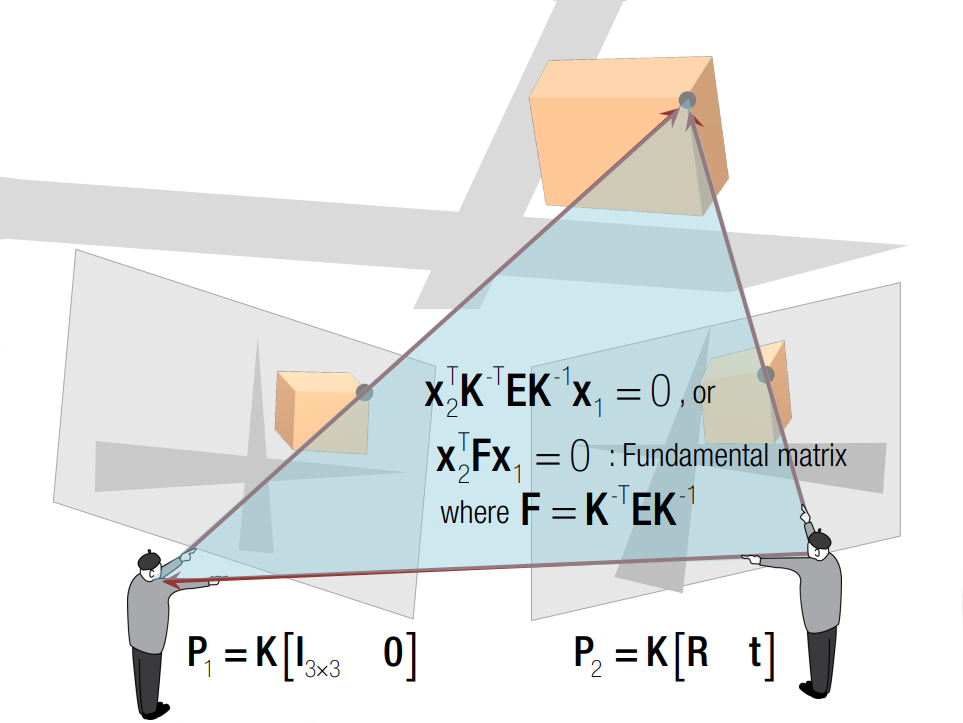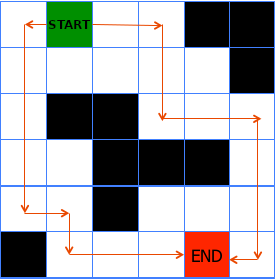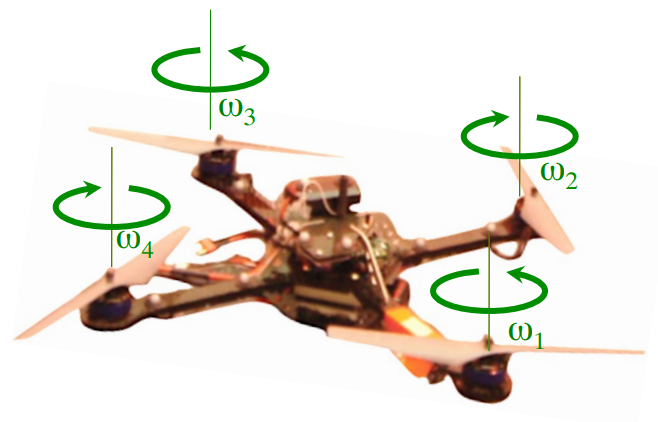Robotics Specialization: Estimation and Learning
Here’s the content from the Robotics Specialization: Estimation and Learning offered by UPenn on Coursera. This is the fifth course in the robotics specialization. This course is about topics related to machine learning and estimation in robotics. Gaussian Model Learning 1D Gaussian Distribution The Gaussian distribution is a widely used probability distribution defined by two parameters, the mean (μ) and standard deviation (σ), which represent its central value and spread. It is characterized by a bell-shaped probability density function (PDF) and has some nice mathematical properties such as the product of two Gaussian distributions is also Gaussian. Additionally, the Central Limit Theorem states that the sum or average of a large number of independent and identically distributed random variables converges to a Gaussian distribution, making it suitable for modeling noise in measurement or uncertainty. ...



